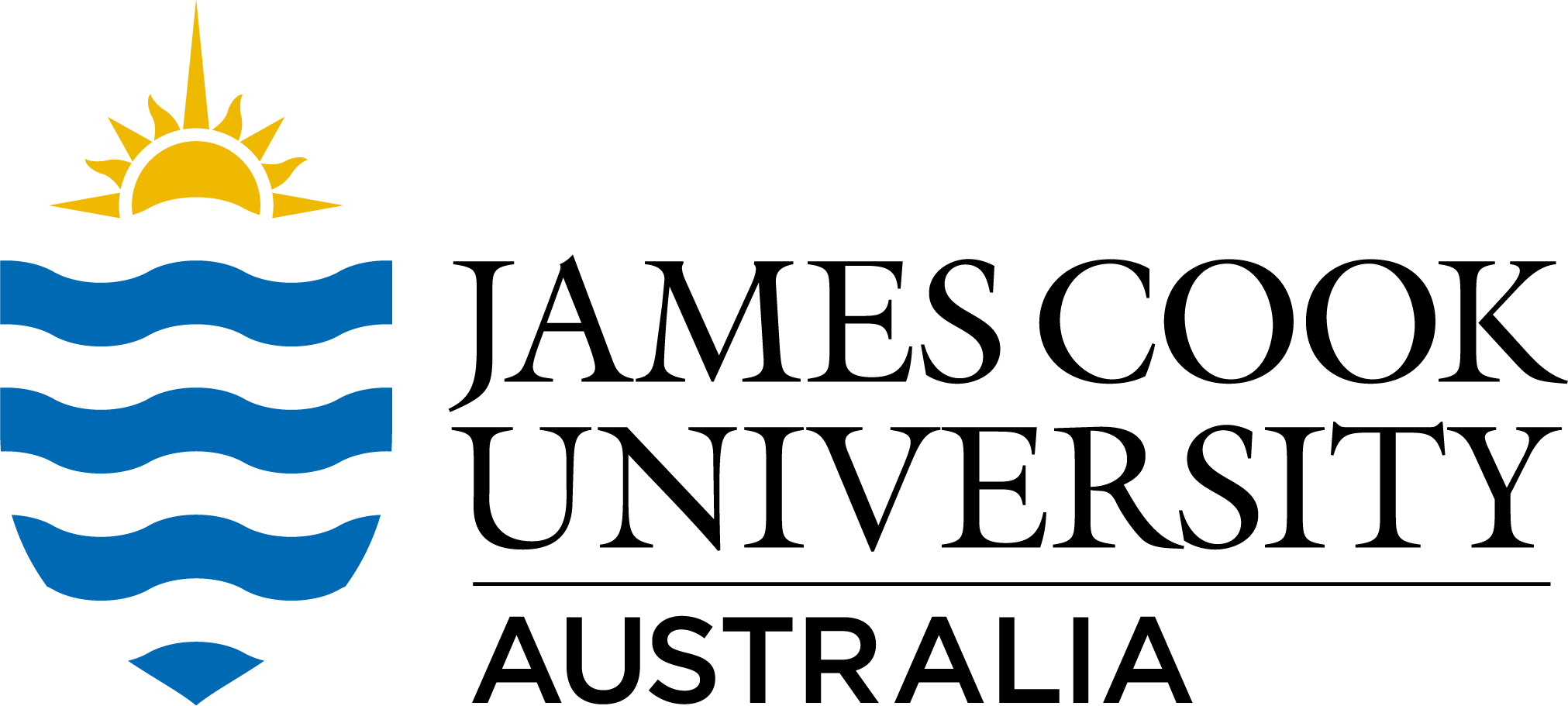Full description
Data were sourced from Australian and international institutions that have established databases for raw materials, such as Geoscience Australia, Lynas Corporation annual reports, UNEP International Resource Panel (IRP), and US Geological Survey (USGS) among others (Huleatt, 2019; International Resource Panel-UNEP, 2018; Lynas Rare Earths Ltd, 2010; U.S. Geological Survey, 2020). The collection of this data set enabled the assessment of REEs material flows (using MFA), from extraction through to the EoL of REEs. These flows served as the input (inventory data) to determine the environmental impacts derived from the consumption of these metals.
The CSV file contains a list of literature search engines, specific search strategies and keywords, and a summary of the number of literatures consulted for a study on material flow analysis(MFA) of Rare earth elements and their sustainable use to reduce potential environmental impacts.
The MS Word file contains a data presentation plan for the MFA and LCIA study, as well as information on REE consumption and distribution in various end-use sectors, Australian REE exports and imports obtained from the World Integrated Trade Solution (WITS), global REE mine production in percentages (%), Australia’s position in global REE production obtained from Geoscience Australia/US Geological Survey, and life cycle methodologies characterisation factors from ecoinvent. Collecting this data set allowed the assessment of the material flows of rare earth elements (REEs), from extraction to end-of-life (EoL), using material flow analysis (MFA). These flows were then used as input data to determine the environmental impacts of REE consumption.
Software/equipment used to create/collect and manipulate/analyse the data:
-Excel
-SimaPro software version 9.1.1/
-Ecoinvent
-WITS(World integrated trade solution(import-export database)
Created: 2023-09-25
Data time period: 02 07 2019 to 02 07 2023
Spatial Coverage And Location
text: Australia
User Contributed Tags
Login to tag this record with meaningful keywords to make it easier to discover
- DOI : 10.25903/8PG3-7B05

- Local : researchdata.jcu.edu.au//published/456779d055cd11ee8dd26f07214a84bc


